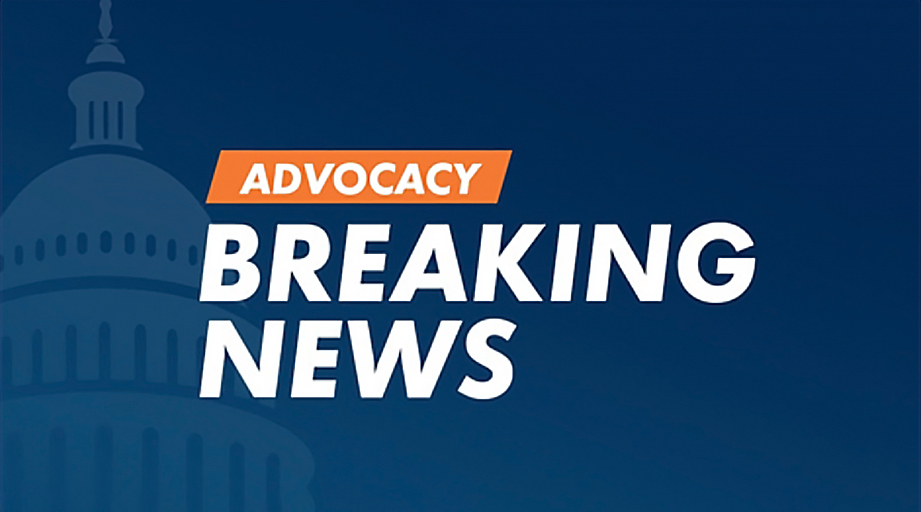
In an environment of daily drug product shortages, the inability to obtain prothrombin complex concentrate (PCC) stands out as a special concern for emergency department (ED) pharmacists.
PCC is indicated before urgent surgery or during acute major bleeding to replace some of the blood coagulation factors in patients exposed to warfarin or other vitamin K antagonists. The product is marketed as Kcentra (CSL Behring GmbH) and contains vitamin K–dependent coagulation factors from human plasma.
“We have a very small number of vials left,” said Krysta Baack, ED pharmacist at Nebraska Medicine–Nebraska Medical Center in Omaha, in early June.
Amie Quinones, ED pharmacist for Intermountain Medical Center in Murray, Utah, said in early June that one reason the PCC shortage is a problem is that it forces clinicians to deviate from evidence-based practices that are the standard of care.
“We have alternatives, but there’s no literature [support] for those alternatives,” Quinones said.
According to FDA, CSL Behring issued an urgent recall, dated March 22, of 3 lots of Kcentra after a manufacturing change resulted in an increased risk of vial breakage during transport and handling of the product.
ASHP’s May 16 drug shortage bulletin for PCC stated that the manufacturer had “short-term delays in product releases” and insufficient stock for “usual ordering.”
Baack or Quinones—or both—also named epinephrine injection, i.v. pain medications, fluorescein strips, antiemetics, vasopressors, and electrolyte solutions as additional critical products that are in short supply at their EDs.
A recent survey found that 91% of ED physicians had dealt with a shortage of a critical medication within the past month, and 80% of all respondents said they took time away from direct patient care to explore alternative treatment options.
The online survey of 1,328 ED physicians was conducted by the American College of Emergency Physicians from April 25 through May 6. Results were based on data from 247 respondents, most practicing at hospitals with more than 50,000 annual ED visits.
A third of the respondents said drug product shortages have harmed patients or otherwise negatively affected patient outcomes, but the survey report did not describe specific instances of harm.
Neither Baack nor Quinones could name specific cases of patient harm resulting from shortages of PCC or other critical medications. But they said the shortages disrupt established processes in the fast-paced ED environment and may require additional ordering steps or dosage calculations.
“In the emergency department, the reason things work really well is because all of the clinicians—the nurses, the techs, the doctors, the pharmacists—we all know where things are,” Quinones said. “We all know the protocols, we all know the right way to do things.”
“When you change something that people are used to,” she said, “there’s always a chance for error.”
Quinones said her health system’s drug shortages team meets weekly to discuss ongoing and impending shortages and identify alternative medications.
Baack said her hospital’s drug shortage committee previously met weekly but now convenes 2 or 3 times each week.
Quinones said her hospital mostly relies on email to convey information to physicians about critical drug shortages but has also tried different strategies over the years.
“At one point, we had a bulletin board where we would write down the shortages. That was a few years ago, when there weren’t quite as many as there are at this very moment,” Quinones said. “Six months ago, one of my colleagues would actually post the shortages on our pharmacy door at the emergency department on a weekly basis and keep it updated. But that got to be too cumbersome, and nobody was reading it.”
For long-term critical shortages, such as for potassium chloride injection, Intermountain Healthcare adjusts its systemwide order sets to include an alternative medication in place of the unavailable product, Quinones said.
Baack said her medical center is stretching its supply of hydromorphone and morphine sulfate by having the i.v. room staff remove the solutions from syringes used for patient-controlled analgesia and repackage the pain medications into smaller syringes. Those short-expiration-date syringes are stored in just 1 of the ED’s 6 automated dispensing cabinets. “The nurses know they only have that one place to go to. And we’re constantly able to refill [the cabinet], so we’re not letting drug expire,” she said.
The pharmacy staff has also removed certain medications, such as sodium bicarbonate injection, from Nebraska Medical Center’s code carts and placed those drugs into bags that the pharmacists carry to the site of an emergency.
“We don’t have enough to stock in every code cart throughout the hospital. But we have enough to stock in these pharmacists’ bags,” Baack said.
She said the bags also contain vials of epinephrine injection 1 mg/mL and 10-mL vials of 0.9% sodium chloride injection. When prefilled syringes of the desired epinephrine solution strength aren’t available, the pharmacist can prepare the solution at the bedside during the code response.
For some drugs that are in short supply, Baack said, the electronic medical record system requires the prescriber to contact a pharmacist to authorize the medication order. The pharmacist checks the order against a pharmacy and therapeutics committee–approved protocol to determine whether the patient meets established criteria for treatment with the requested drug.
She said the prescribers are “pretty understanding” about the pharmacist’s role in this process.
“Some of them, you can tell, are a little bit frustrated. But [they’re] not frustrated with the pharmacist that they’re speaking to, they’re just frustrated with the problem in and of itself,” Baack said. “We have a really tight, close relationship with our ED providers.”
ASHP on May 23 released the results of an informal survey of members about shortages of small-volume parenteral solutions and injectable opioid products.
About 68% of the 343 respondents reported shortages of morphine, hydromorphone, or fentanyl that “impacted daily operations and patient care,” according to the survey report. About 28% of respondents said shortages of these medications were problematic but did not yet affect patient care.
The survey report indicated that while shortages of small-volume parenteral products were ongoing, they were less severe overall than those reported in late 2017.
[This news story appears in the July 15, 2018, issue of AJHP.]









